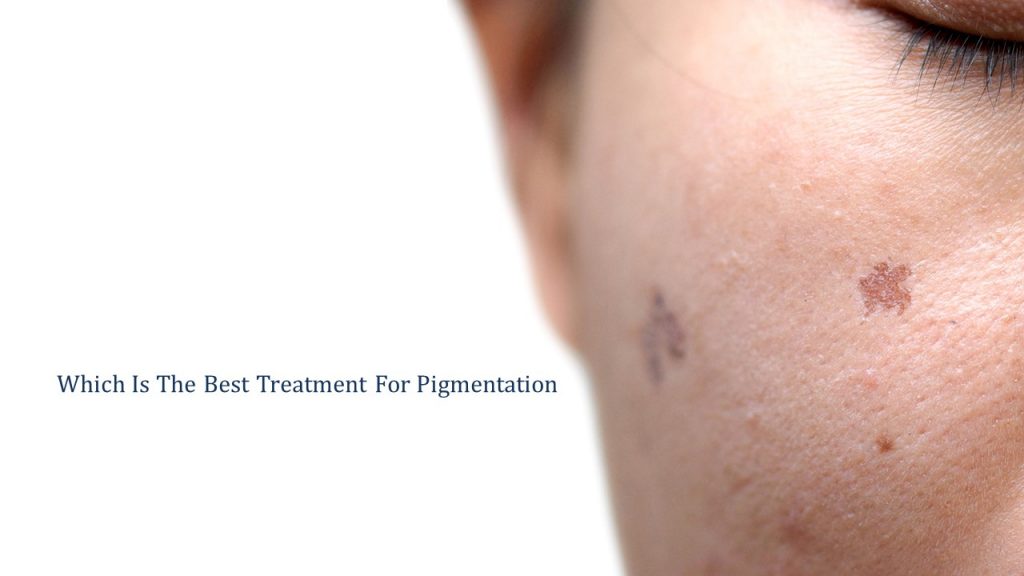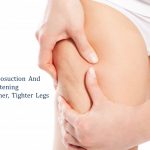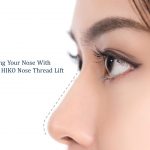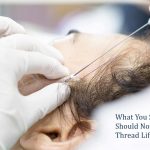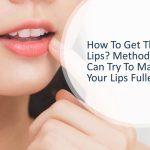The human skin takes a lot of battering from the external environment. As a result, it differs in its condition and appearance on different sites on the body. Most often, dark and patchy areas having a dark brown appearance are found in different locations on the face and body, most likely in the areas that are increasingly exposed to direct sunlight in daily life. These dark-brown patchy areas are termed hyperpigmentation.
Although hyperpigmentation is a harmless condition in most cases, it can be a cosmetic issue to many people. Fortunately, there are myriads of treatment methods available on the market in Singapore which help you get rid of unwanted freckles and spots.
Pigmentation On Asian Skin
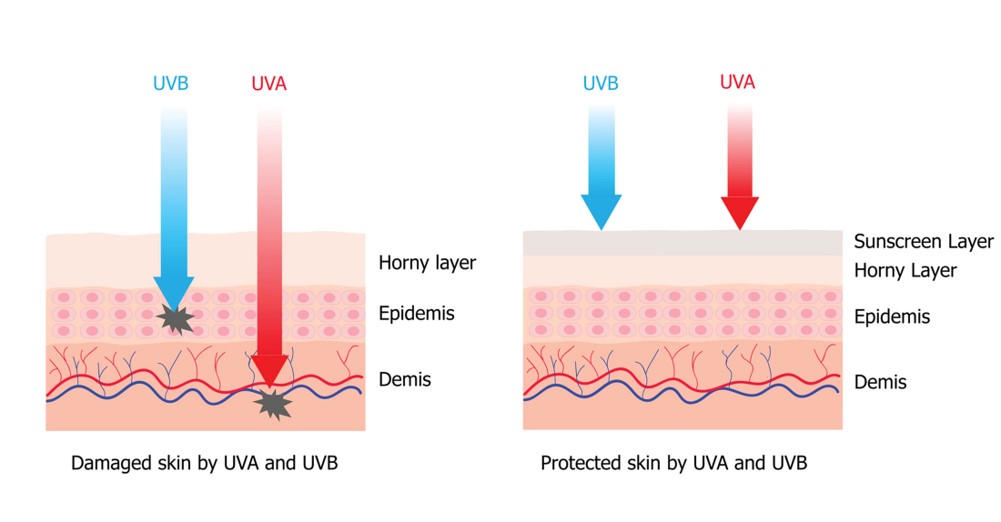
Hyperpigmentation is a cosmetic issue for people almost all over the world. However, this condition is predominant in the regions where people are exposed to extreme sunlight for longer durations. Sunlight has a major role in triggering the cells in the skin to produce the pigment melanin, which plays a major role in protecting the skin from exposure to harmful ultraviolet rays in sunlight. The tan (darkening of the skin) caused by exposure to sunlight is due to the same pigment. Unprotected skin lacking melanin is more prone to various skin cancers due to ultraviolet rays and sunburns.
Asian climate is largely tropical, and almost all the countries in this region of the world have ample sunlight during the whole year. Moreover, most of the countries such as Singapore have a majority of their population that has a light skin tone, which makes them more prone to have hyperpigmented spots on their skin.
Pigmentation Types Common On Asian Skin

Due to increased sun exposure, the most common types of pigmentation seen on Asian skin types are:
- Melasma – Hormones triggered or post pregnancy marks that worsen with sun exposure.
- Freckles – Primarily due to sun exposure and they usually look like tiny irregular brown, yellowish or reddish spots.
- Solar lentigo – Primarily due to sun exposure, also called age spots or liver spots.
- Post Inflammatory Pigmentation – Asian skin types produce more melanin after certain inflammatory conditions.
- Seborrheic Keratosis – A type of non-cancerous, brown candle wax-colored lesions [1]
Treating Pigmentation On Asian Skin Types
Fortunately, scientific research has developed several methods to treat unwanted pigmented spots on the skin. These methods are readily available in Singapore. Some of the most common methods used by dermatologists are:
- Topical Options
- Oral Medication and Supplements
- Laser Treatment
However, depending on the pigment type, severity and skin condition of a patient, the doctor may decide to combine various treatment methods to achieve quicker and longer-lasting results than using a single treatment method.
How Effective Are The Topical Methods?
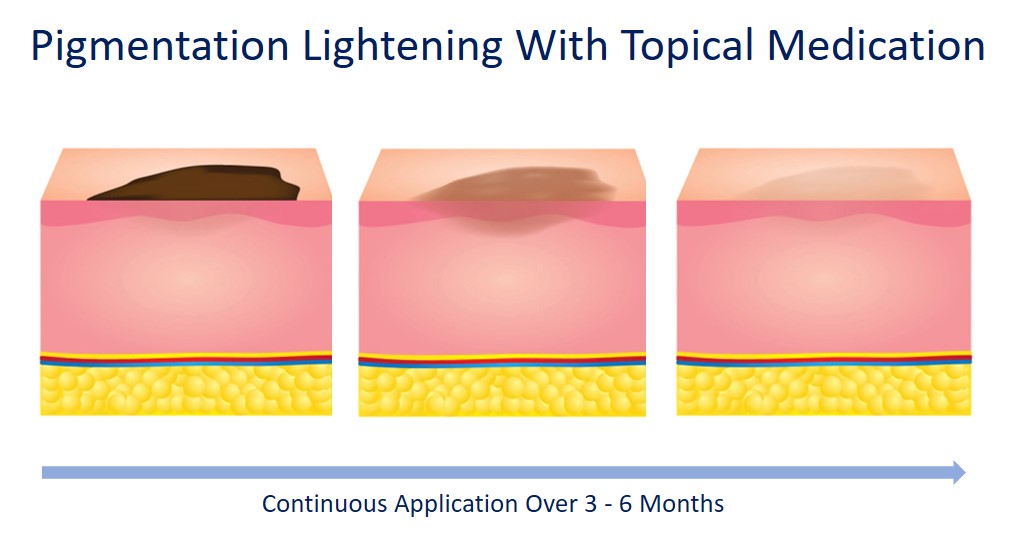
Topical methods to treat pigmentation on the skin rely on the use of specific chemical agents that target the production of melanin in the areas of concern. These chemicals are used in the form of creams or gels that are applied directly to the affected areas on the skin. Some of the widely used topical formulations are:
Topical Retinoids
Topical retinoids are compounds consisting of derivatives from Vitamin A. These compounds play an effective role in decreasing melanin production through the pathway triggered by the ultraviolet rays in the sunlight. Simple retinol formulations can be obtained easily at the pharmacies but complex formulations such as Stieva and Tretinoin etc. can be obtained only through a doctor’s prescription. Generally, retinoids require about 3 to 6 months of regular use to yield an even skin tone.
Hydroquinone Cream
Hydroquinone cream is a very effective remedy for bleaching the skin. The direct action of this formulation is to reduce the number of melanocytes present in the skin. This results in a decrease in the production of melanin, which decreases the incidence of the formation of pigmented areas. The results are visible in the form of an even skin tone in about four weeks.
The side effects include skin stinging, cracking, and occasional blackening of skin with longer use.
Cyspera
Cyspera is a topical cream formulated from cysteamine hydrochloride. The direct application of this cream over the affected areas reduces hyperpigmentation through a decrease in melanin production. This action is brought about by cysteamine, which regulates melanin production from melanocytes. Cyspera takes about 8 weeks to 12 weeks to yield the best results.
The side effects are minimal and are limited to localized redness, dryness, or irritation that goes away on its own.
[H2] How Effective Are Oral Medications?
Oral medications consist of various chemical agents that decrease the production of melanin directly or indirectly. The most widely used oral formulation for the treatment of pigmentation in Singapore is tranexamic acid pills.
Tranexamic acid is a very potent agent that decreases the production of prostaglandins and fibroblast growth factors in the body. Both prostaglandins and fibroblast growth factors induce the production of melanin from melanocytes. The indirect action of tranexamic acid to decrease melanin production effectively gets rid of hyperpigmented areas on the skin in about two months. The results are visible in the form of healthy skin free of any dark patches. [2]
The typical side effects of tranexamic acid formulations are stomach irritation, nausea, headache, or chills.
How Effective Are Laser Treatment Techniques?
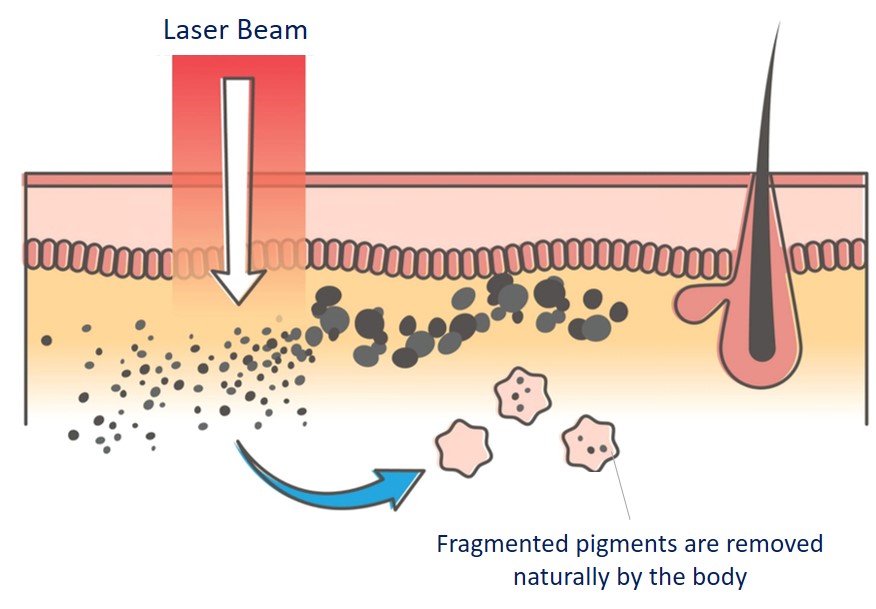
Laser treatment for getting rid of pigmentations of the face and other areas on the skin is becoming very popular. This is due to the very small treatment regime required as compared to topical formulations or oral medications. The laser treatment for pigmentation is relatively hassle-free, and people looking for quick eradication of the pigmentation often opt for this type of treatment.
The laser treatment works by directly targeting the accumulated melanin under the affected areas on the skin. The high-intensity light bursts from the laser probe cause an optical breakdown of melanin into very small particles, which are then removed by the body. The whole process takes a short duration and spares months of treatment required by oral and topical formulations.
The side effects of laser treatments are associated with their intense nature. Most common side effects include skin irritation and redness that go away on their own. There are very rare reports of mild acne or skin infection after laser treatment, only if the treated area is not looked after properly.
There are various types of available lasers for pigmentation treatment. There isn’t a one size fits all solution and every type differs in its usefulness for particular types of hyperpigmentation. Moreover, people having darker complexions need more sessions of laser treatment to get rid of pigmented areas than people having comparatively fairer complexions. Various types of lasers used are:
- IPL (Intense Pulse Light, used for freckles and solar lentigines)
- Medlite C6 (Q-switched laser using flat-top beam profile. Suitable for various pigmented conditions.)
- Alexandrite Laser (Alexandrite crystal derived laser in the range of 755 nm wavelength. Suitable for tattoo removal and photo-aged skin)
- Pico Laser (Powerful lasers that break down melanin into dust-sized particles. Most favored for tattoo removal and used for lightening various types of pigmentation)
- Q-switched Nd-YAG (Neodymium-doped yttrium aluminum garnet laser which produces very intense beams in short pulses. Suitable for various types of pigmentation.)
- Fraxel Laser (creates micro columns of controlled damage to the skin, which stimulates new skin cell production. This removes pigmentation and leaves the skin young and healthy.)
Which Is The Best Hyperpigmentation Treatment In Singapore?
There is no one size fits all solution to hyperpigmentation. The ultimate selection of the treatment method to get rid of pigmentation depends on the type of pigmentation and your skin type. Various types of pigmentation react differently to each treatment. Each individual may be recommended a different combination of treatments. Hence, an effective treatment should not be one that uses a cookie cutter approach.
Generally, people prefer laser treatments due to their quick results, but they are usually more expensive than oral or topical medications. The doctor’s advice should be considered before choosing any treatment to achieve better and longer-lasting results.
About Dream Aesthetics and Plastic Surgery
Bespoke surgical for cosmetic or medical reasons is what Dream covers to bring out the beauty in every individual. Going beyond the aesthetics and working on physical anomalies are what we value the most in leading our patients to cherish self-improvement and confident lifestyles.
Derived from Associate Professor Vincent Yeow’s long-standing experience performing plastic surgery in Singapore, our treatment plans deliver physical remodelling in our patients’ favour. One of the notable remodellings is droopy eyelid correction. The ptosis surgery used for treatment eventually fixes drooping eyelids, improves vision and enhances appearance.
Most importantly, as a trustworthy plastic surgery and aesthetic clinic, we treasure positive and natural outcomes for each individual. We will ensure to deliver the beauty refinement of your dream without compromising your safety and privacy.

